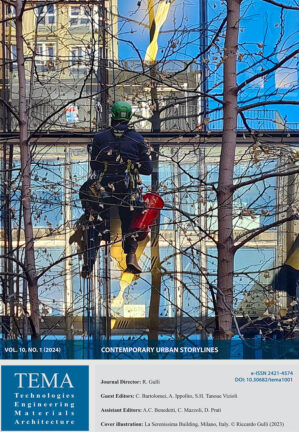23 May 2024 – New Italian attention to our housing projects on Persoonshaven and Oranjeboomstraat in Feijenoord. Two Italian academics, Alessandro Dalla Caneva and Angelo Bertolazzi of the University of Padova, have studied industrialized ‘vliesgevels’ (curtain walls) in Dutch housing construction. They published their findings in The Vliesgevel in The Netherlands between Construction and Representation. Past and Present-day Experiences in Social Housing.
They suggest that from the ‘Gothic’ speculative house and the Amsterdam school to the reconstruction period, the nonbearing curtain wall belongs in housing construction. When faced with the images of liquid architectures dotting the Dutch urban landscape, not affording the slightest relation to the context they rise in, the authors ‘welcome the efforts of those creating urban spaces communities feel they belong to. These architects express the will their architectures aim to tackle urban spaces by reclaiming Dutch urban tradition tenets’. According to them, the houses in Feijenoord are on the one hand typologically indebted to the Gothic house and on the other hand produced with contemporary techniques. They would thus continue the interrupted development of the Amsterdam School.
Dalla Ceneva en Bertolazzi conclude: ‘Hans van der Heijden’s experience of planning working-people social houses in Rotterdam affords a non-conformist example compared to the common practice of uprooting architecture from its context. His social houses consider the genius loci, the background of memories, and the population’s identity according to urban space construction patterns already well rooted in Dutch architectural tradition. Urban space, meant as social space, is what Dutch architecture aims at, and symbolically, façades exhibit their role and civil value within the space they create, in which the individuality of the inhabitants finds expression in the unity of collective living.’
Many thanks, Alessandro and Angelo.

